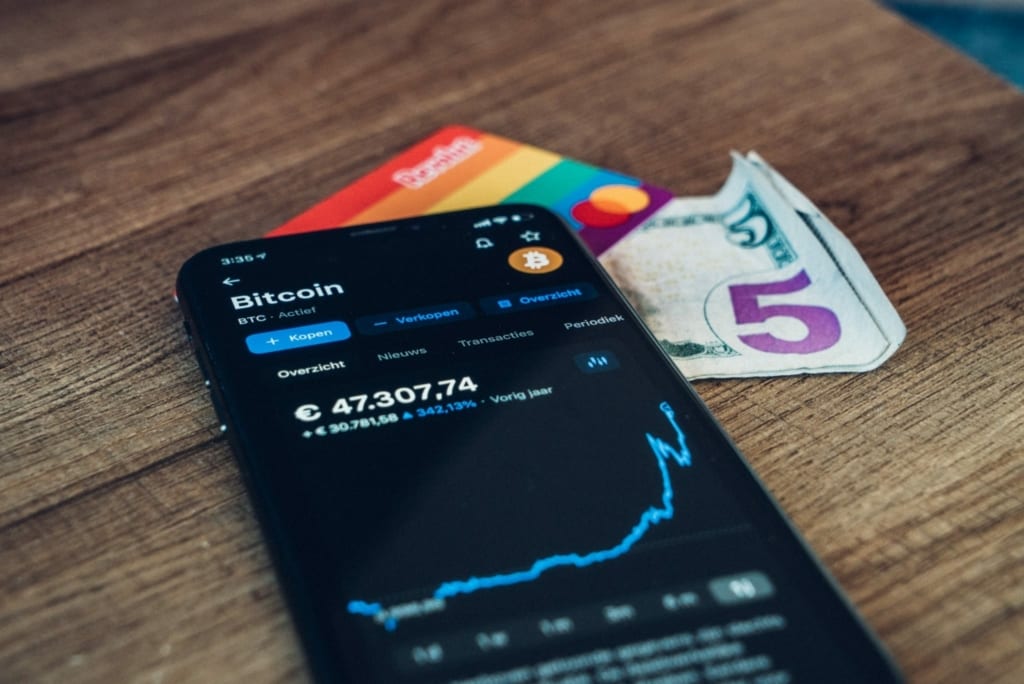Blog
You Can Buy a Tesla with Bitcoin, but Can You Pay Your Medical Bills?

Sofas, Lamborghinis, homes, and even pizza can all be bought with cryptocurrencies like Bitcoin but what about a medical bill? Before answering, let’s back up a little.
When talking about Bitcoin, we need to first talk about the technology that powers Bitcoin, a new distributed data structure called a “blockchain.” Blockchains are arguably this century’s most disruptive and beneficial innovation to impact the way we securely share and transfer confidential information. For healthcare, it can empower the patient, provider, and biller to own and transparently share medical and financial data independently of any centralized entity, system, or software. By combining public key cryptography with the novel concept of a “proof of work” blockchain, Satoshi Nakamoto not only solved the problem of creating a completely accessible, public database of transactions for finance (Bitcoin), but he (or she?) has also paved the way for infinite additional advancements and disruptions in sharing other types of sensitive data (e.g. your health records) and interoperability for healthcare data at large.
Bitcoin, and its close cousin Ethereum, are both powered by blockchain technology. With their value skyrocketing to all-time-highs and major financial institutions making multi-billion dollar investments -- it truly is an exciting time for cryptocurrency.
At Inbox Health, our mission is to empower patients and medical billers to transact and communicate about their balance using the channel and payment method of their choosing. In that spirit, we've long considered investing product and engineering resources in enabling patients and billers to send and accept payments through Bitcoin and other decentralized cryptocurrencies. Especially since the goals of the Bitcoin developers and community at large are not only to provide the most secure and fungible method of transacting possible but to make transactions uniquely auditable, independently verifiable, and as cheap as possible.
But the strengths of Blockchain-based cryptocurrencies can pose challenges for smaller one-time transactions. Specifically, the recent uptick in the price of Bitcoin and Ethereum has made the equivalent dollar cost of “onchain” transactions much higher than they were even a few months ago. Unlike the Payment Card industry, fees per each transaction sent on the Bitcoin network are not set by a centralized entity but are flexible and paid to the miner who “mined” your transaction and included it on the Bitcoin blockchain. The transaction fee itself is optional, but due to the influx of activity and the rising price of Bitcoin, the average fee for any transaction done on the Bitcoin network has risen to $23.97! Though anyone can in theory submit a Bitcoin transaction without a transaction fee, they’ll be competing with other users who have incentivized their transaction with those hefty fees; they’ll likely need to mine that transaction block themself. Which, to say the least, can be tricky without a veritable data center of Bitcoin miners at their disposal.
Enhancements to both Bitcoin and Ethereum have been proposed to greatly reduce the cost of transacting in them, including fascinating (well, at least to me) second-layer systems like the Bitcoin “Lighting Network” and Ethereum Improvement Proposal 1559. Until these proposals and systems are implemented, transaction fees will not only fluctuate but will remain high so that even the few individuals who might consider paying their bill with Bitcoin will likely be disincentivized to utilize it for smaller transactions. Not to mention, the process of buying and selling Bitcoin can be confusing and risky for everyday users.
Despite these challenges, we remain very bullish on cryptocurrency and, more so, blockchain technology at large. We look forward to developing our own technologies and enhancements to these protocols and APIs to usher in a new era of interoperability, a world where patients can transact and share health record information with all their relevant providers through public key cryptography where they own their healthcare data; where billers could even submit claims and audit them through every step of a completely transparent process (perhaps even powered by an Ethereum DAP clearinghouse!). We look forward to the day we see a world where providers and billers can share this same data, agnostically to the traditional “walled garden” of legacy software systems.
Until this time in the not too distant future, healthcare transactions - and pepperoni pizzas, too - are best paid for in the less exciting but well understood ways: credit cards, checks, ACH, and other traditional channels.